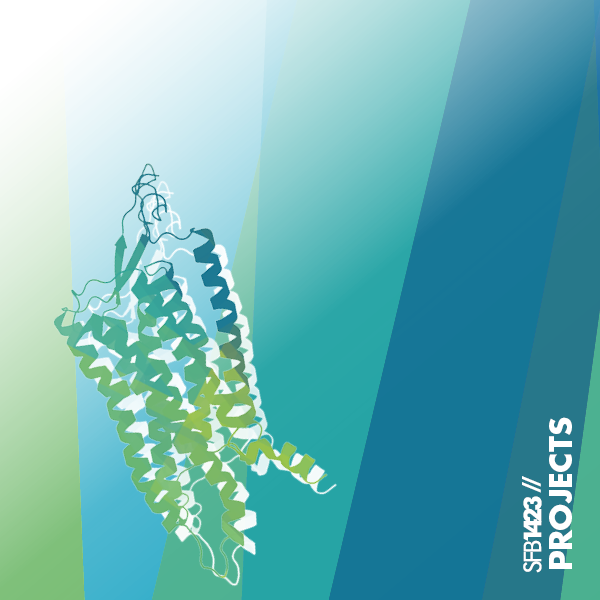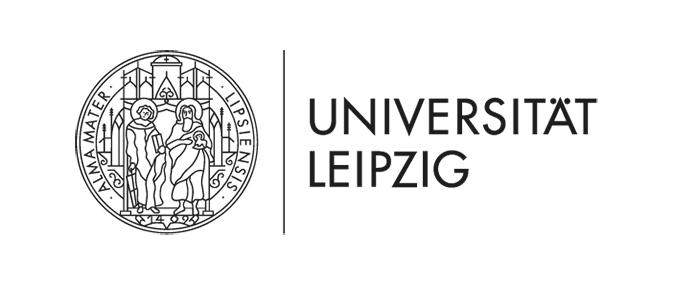

Project Group A: Structural dynamics of GPCRs
For an accurate and deep understanding of GPCR on a molecular level, structural (atomic) knowledge of the interplaying partners in a GPCR/ligand/transducer system is obligatory. In the first funding period, members of our CRC were strongly involved in solving the structures of major GPCRs relevant for our CRC. This included the active structure of MC4R stabilized by setmelanotide by A01, A05, B02, Z03, and Z04, the structures of the inactive Y2R1 stabilized with two different antagonists by A04 and B03, the cryo-EM structures of Y1R, Y2R and Y4R bound to Gi proteins and their endogenous ligands2 by A04, B01 and B03, the NMR dynamics of YR by A03 and A04, and the first active structures of aGPCRs by A05 and B05. The next steps will now be applying these structures to decipher a more general view. Structures with different ligands as well as dynamics are in the focus of the projects of project group A. Structural elucidation will be performed by different methods such as protein X-ray crystallography, high-resolution solid-state and solution NMR spectroscopy as well as cryo-EM. As a new method, we will include EPR spectroscopy in A03 to benefit from the lower amounts of protein needed and the complementary results achieved by this approach. Whereas A01 to A04 will focus on different peptide-binding class-A (rhodopsin-like) GPCRs, A05 and A06 will address aGPCRs to understand their structure and function. A07 develops new tools to enable and to improve molecular modeling of GPCRs in complex with different ligands.
Taken together, all projects in group A will use biophysical methods to elucidate the structural dynamics of GPCRs on a molecular level. These projects are well-connected, both on the target side as well as on the methods. The projects have a strong impact on projects in the B and C groups as they will provide the molecular details and several joint manuscripts have been published. Furthermore, projects from B and C will provide functional data to the structural know-how to understand the dynamics at both, the functional and structural levels. In the next funding period, we will focus on the investigation of dynamics with respect to extracellular and now especially intracellular binding partners such as G proteins and arrestins with both aGPCRs and peptide GPCRs.
















